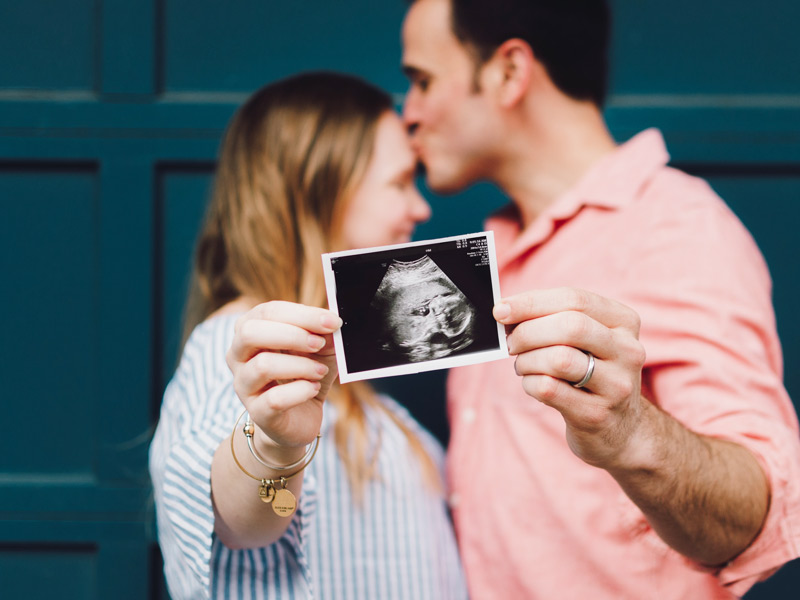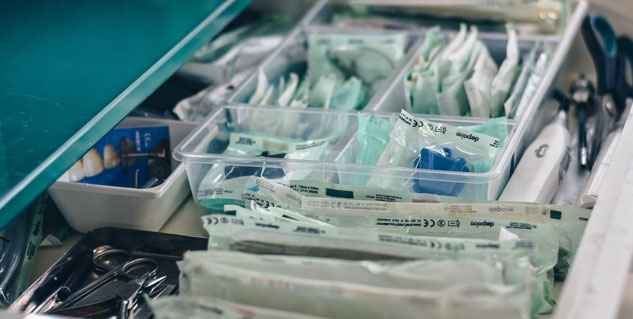
With the advancement of technology, more and more options are available for couples dealing with infertility, such as in vitro fertilisation (IVF), artificial insemination (AI), natural cycle IVF, getting a donor and surrogacy. One of the reasons for infertility in males is azoospermia, which is a disorder in which the semen doesn’t contain enough sperm for fertilisation. Historically, it could be only treated via reconstructive surgery or through donor insemination.
Table of Content:-
But now, there is a modern sperm extraction technique for males with azoospermia. With the advancements in ART techniques, testicular sperm aspiration, or TESA, is becoming more and more accessible, allowing several azoospermic men to become biological fathers.
Also read: Do You Know The Difference Between Infertility and Subfertility? Doctor Explains
However, one of the concerns that many have is regarding the pain associated with the treatment. Dr Hrishikesh Pai, leading Gynaecologist & Infertility specialist has tried to address this worry. Dr Pai is associated with Mumbai’s Lilavati Hospital, D Y Patil Hospital in Navi Mumbai and Fortis Hospitals in New Delhi, Gurugram and Chandigarh.
Firstly, it is crucial to understand what testicular sperm aspiration, or TESA, is. In this, sperms are extracted from the testis or epididymis. It is then used to fertilise eggs. The sperm can also be frozen for future infertility treatments.
Steps for TESA procedure:

(Photo Credit: Pixabay)
Testicular sperm aspiration, or TESA, is a simple and non-surgical procedure that involves the following steps:
- You’re first given anesthesia.
- Next, a needle is inserted into the testis.
- Using negative pressure, tissue and semen are then aspirated.
- The sample is then analysed in a lab to extract sperm. The sperm cells don’t need to be mature or pass through epididymis to fertilise the egg.
- The sperm extracted from the testis is immature. So you’ll next need ICSI, in which a single sperm will be extracted from your blood and injected directly into the egg.
- In case TESA doesn't produce enough sperm, a testicular biopsy will be done.
Is TESA painful?
Now coming back to the pain experienced during and after the procedure, Dr Pai said you could feel some discomfort for a few days, but it is not a painful treatment. During the treatment, you’ll be under local anesthesia or sedation and you don’t have to stay in the hospital after the procedure.
You could, however, feel some discomfort around the injection site. It might feel like a pinprick. The doctor might prescribe you painkillers for 1-2 days. But the whole procedure isn’t painful in general.
Precautions before and after TESA procedure
There are some precautions you need to take both before and after you undergo the TESA procedure. Your doctor will tell you to relax on the day of the treatment. After the treatment, you’ll not have to stay in the hospital and will be allowed to go home.
Once you’re done with the procedure, avoid doing strenuous activity, especially avoid lifting weights for about a week. After that, you can resume your daily routine, including exercising and lifting weights.
Side effects of TESA procedure

(Photo Credit: Unsplash)
This procedure has several benefits, says Dr Pai, such as it is simple, non-surgical and you don’t need any special preparation for it and in the end helps the couple to conceive. It doesn’t have any side effects per se. The anesthesia can cause you some trouble, such as vomiting and nausea, however this will last for just 6-8 hours.
Also read: How Can Infertility Affect A Couple Psychologically? Explains IVF Expert Dr Chaudhary
Now that there is a general idea about TESA, it can be a good option for men dealing with infertility. If you’re thinking about getting the procedure, consult a specialist who’ll take you through the process and ensure your requirements and comfort during and after the treatment.
With inputs from Dr Hrishikesh Pai, leading Gynaecologist & Infertility Specialist
Read more articles on Miscellaneous
Also watch this video
How we keep this article up to date:
We work with experts and keep a close eye on the latest in health and wellness. Whenever there is a new research or helpful information, we update our articles with accurate and useful advice.
Current Version